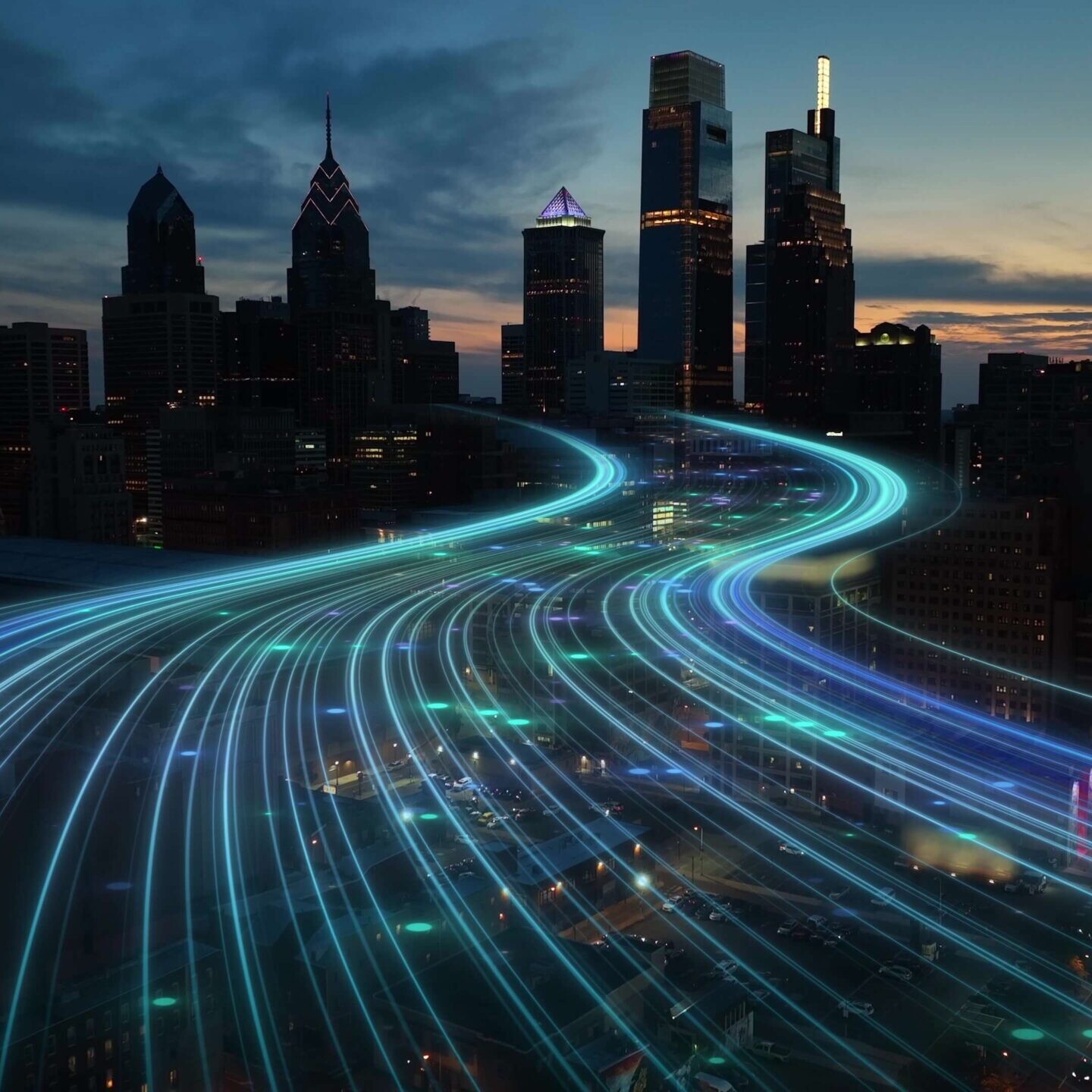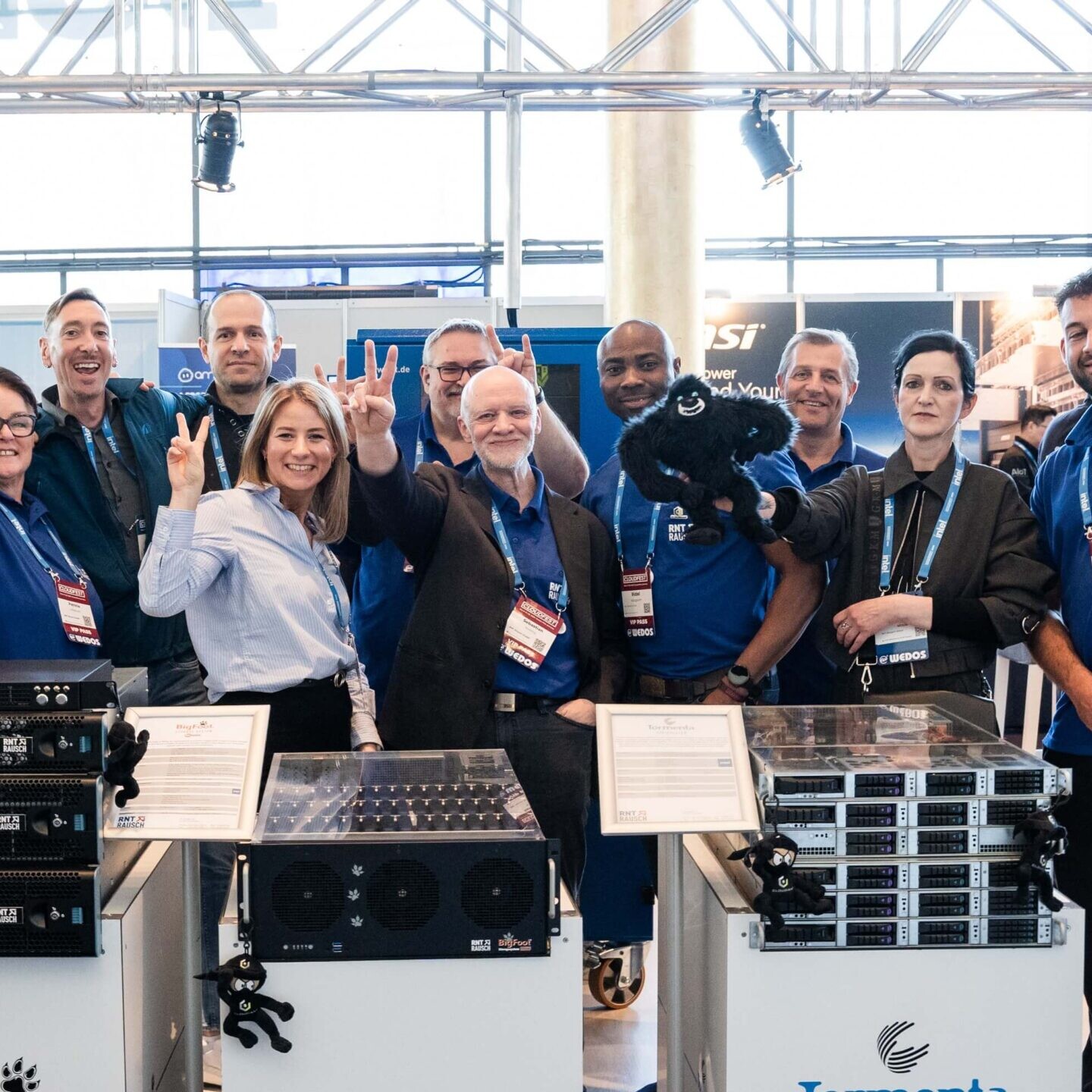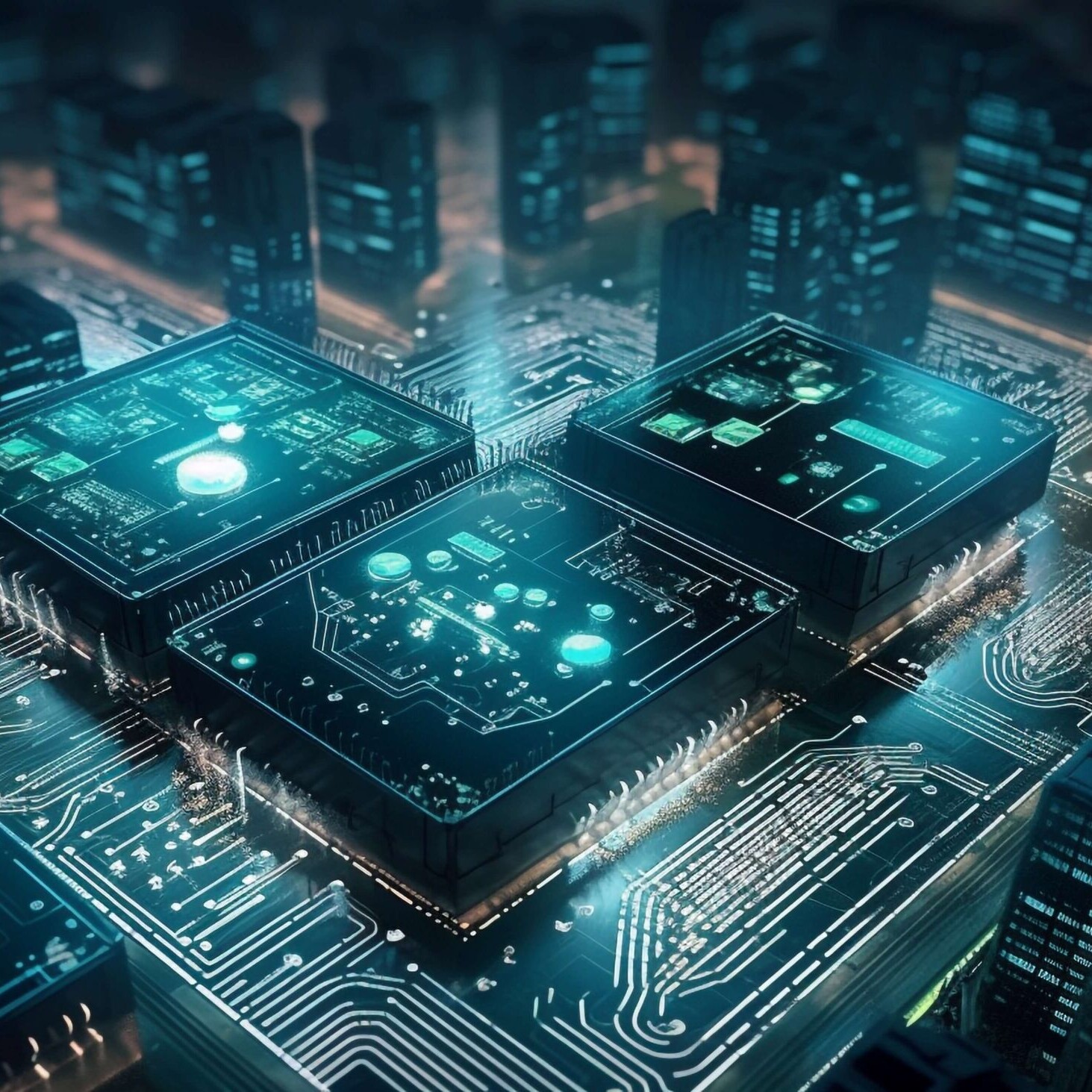They are considered the fastest hard drives in the world because they do almost reach the performance and throughput of solid-state disks (SSDs): Seagate introduced its MACH.2 Exos 2X14 hard drives about a year ago. Now, the first storage systems supporting this new technology are available.
When budgets are limited but applications are data-intensive, such as backing up business-critical data in content delivery networks (CDN), 4k video streaming, or a quick recovery of mail server data, the multi-actuator technology is worth to have a closer look.
With IT budgets currently shrinking rather than growing, MACH.2 hard drives are a ray of hope for many data centre operators. Providing lower cost per terabyte (TB) and high capacities, hard disks are still the cheapest and most effective storage medium – if they deliver the required IOPS performance. Unfortunately, this is exactly where conventional hard disks often fail. So, what’s new about the MACH.2 hard disks? The answer is that they are equipped with two actuators. An actuator is the lever at the end of which the read/write head is attached and where the data transfer between hard disk and host computer runs. If a hard disk has two separate actuators that can move independently of each other, independent data channels for I/O transfers are enabled which doubles the IOPS performance of conventional SAS hard disks. A MACH.2 Exos 2X14 achieves a maximum continuous data transfer rate of 524 MB/s (datasheet). In the Random-4K-QD16 benchmark test, it achieves 304 IOPS (input/output operations per second) in read mode and up to 448 IOPS in write mode.
Isabell Kraft, Procurement Manager at RNT and expert in IT component procurement
When flash is too expensive
But how much more does the fastest HDD in the world cost? For doubling the performance, the manufacturer charges a price premium of 6%. In addition, the energy requirement increases by 24% because of the second actuator. The additional costs are thus kept within limits.
Yes, SSDs are still faster, but also considerably more expensive. That’s why they are mainly used as flash memory for caches. Two enterprise-class SSDs with 7.2 TB each are currently available for about 16x the price of a 14-TB MACH.2 hard disk.
As Seagate’s test partner, Microsoft, does not use the fast hard drives as flash storage but is replacing conventional hard drives in the Azure cloud, for example. Microsoft wants to minimise the costs per slot for its cloud service providers. So, when a customer decides that the IOPS of the installed hard disks are no longer sufficient, MACH.2 HHDs with two actuators are a good upgrade at a very competitive price point. So, when a customer decides that the IOPS of the installed hard disks are no longer sufficient, MACH.2 HHDs with two actuators are a good upgrade at a very competitive price point.
Large storage capacity with low latency
Microsoft also uses the MACH.2 hard disks for Exchange Online in the Olympus Open Computing projectwhere the Exchange architecture is constantly optimised to maximise data throughput and server performance. With the unique Seagate dual actuator technology, it is possible to use hard disks with large storage capacity and thus at the same time comply with the service level agreements for latency.
To address the constant and ongoing data growth, the storage capacities of the fast hard disks will also grow: Seagate’s roadmap envisages offering 20 TB hard disks soon and reaching over 90 TB by 2030.
MACH.2 with a tuned backplane
High data throughput and low latency, paired with large storage capacities are a perfect match for environments that require high performance and low latency, such as streaming services. At this year’s IBC International Broadcasting Convention in Amsterdam, we introduced our BigFoot HDD storage systems with the fastest HDDs in the world to a broad audience of media and entertainment industry professionals. However, just sticking MACH.2 drives in would have been too easy. Instead, we also tuned the backplane of the SAS drives to avoid a bottleneck. We teamed up with Seagate and developed a direct-attached backplane that is specially designed for maximum bandwidth and thus avoiding performance losses. As a result, the BigFoot HDD storage family is getting far closer to the average transfer speeds of SATA-based SSDs, but at only a fraction of the price.
We ran a performance test: A 48-slot BigFoot XXLarge storage system with MACH.2 hard disks achieves data throughputs of up to 21.6 GB/s read and 22.5 GB/s write and an average of 10.6 GB/s and 11.1 GB/s respectively.
It’s no longer theory, it’s a reality
The very first and fully integrated platform for IP entertainment services in Germany is already using BigFoot XXLarge storage systems with the fastest hard drives in the world. The market leader for internet television in Germany offers more than 56 pay HD TV channels, and a media library with over 50,000 films, series, and shows on demand. Customers can record films and series themselves and save them in user-owned media libraries.
Eight Bigfoot XXLarge storage systems, each one equipped with 48 MACH.2 hard disks, now handle the huge amounts of data generated by the millions of times the digital films and series are downloaded and stored and enable an uninterrupted streaming and TV experience at all times.
The recording of broadcasts is making especially high demands on the storage systems in the back end. This is mainly because the provider stores the data in the data centres of its own cloud infrastructure rather than sending end devices to its customers. This means that fast access to their own media library must be always possible. With the fast hard disks, the operator is able to increase simultaneous recordings per hard disk by 30% and even plans to top that number in the future.
How about a complete solution including ransomware protection?
If you‘re not only looking for speed but also want to protect your data from ransomware attacks, you can turn a BigFoot storage system into a Software-Defined object storage solution and build a Cloudian Hyperstore cluster. This provides not only cloud storage but also a modern data management solution with a native S3 interface, which provides numerous analysis tools and supports your backup & recovery, and archiving strategy. A fairly unique added-value is the protection of your valuable data by the Object Lock feature especially when cyber criminals manage to get into your network despite all your security measures. With Object Lock, your data (e.g. Backup data) become unalterable for a defined retention period. This prevents encryption or deletion by hackers and provides a clean data copy for recovery.
If you couldn’t manage to visit us at CloudFest 2024 and see our budget-saving Bigfoot XXLarge storage systems with MACH.2 hard disks and ransomware protection live and in full colour you are welcome to do so virtually or onsite in Ettlingen. Just give us a call and book an appointment.

Patricia Hillebrand
Technical Alliances Manager , RNT Rausch GmbH
Other users have also read the following articles
Successfully implementing AI:
Understand the challenges, seize the opportunities
AI is transforming the business world. However, successfully implementing AI…
CloudFest ’25 recap
CloudFest 2025 was a huge success! Our Yowie S3 Stack, Immersion Cooling, and…
Modern Work 2: No signal, now what?
What does a film crew do if they have no or only a poor network signal at the…
Custom IT solutions for future-proof IT infrastructure
A one-size-fits-all approach simply doesn’t work when organizations have…
Autonomous driving: Why is it taking so long?
Self-driving vehicles are equipped with complex IT and require a reliable, fast…
SSD, HDD, NVMe and MACH.2: the truth about modern storage technologies
SSD, HDD, NVMe or MACH.2? Discover the differences, benefits and use cases of…








